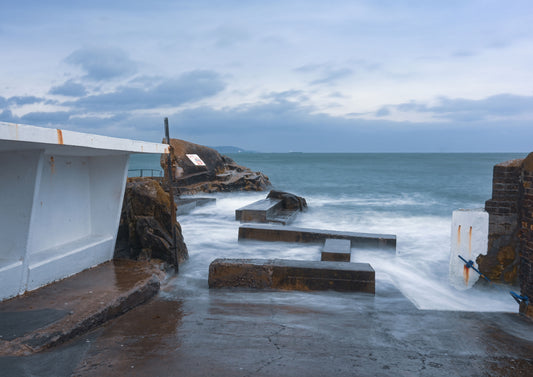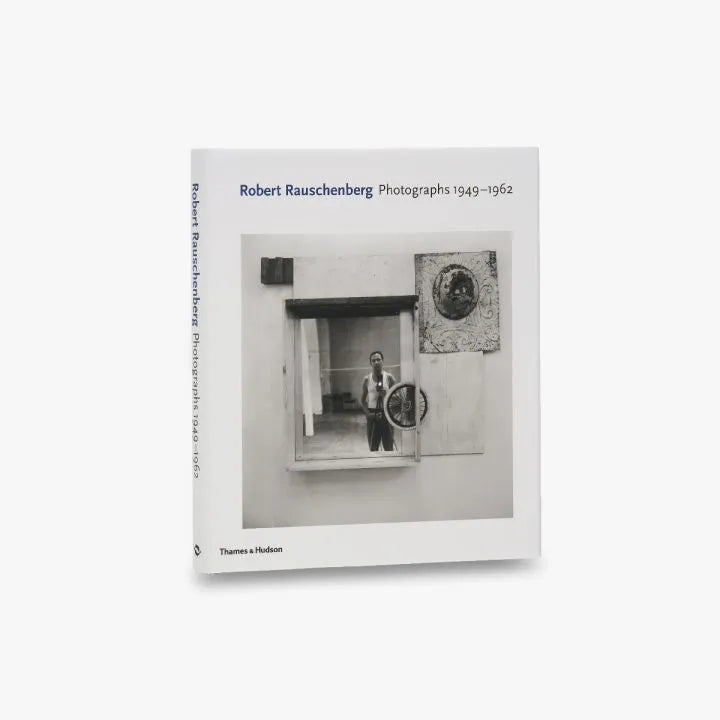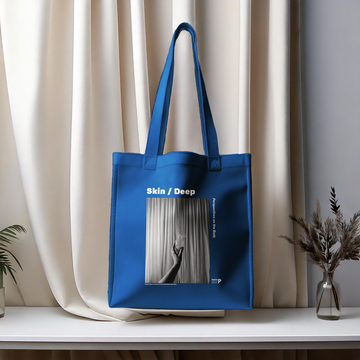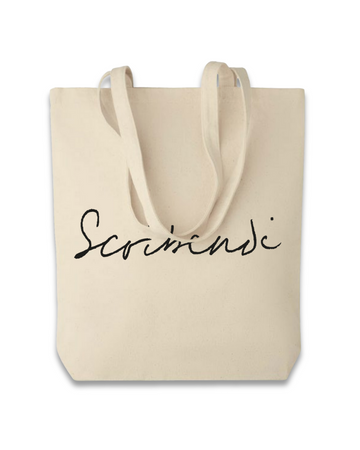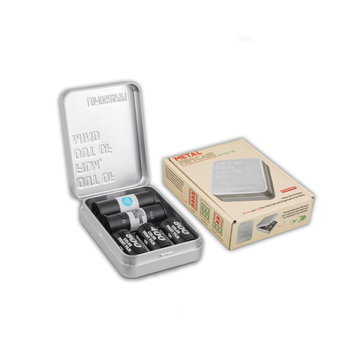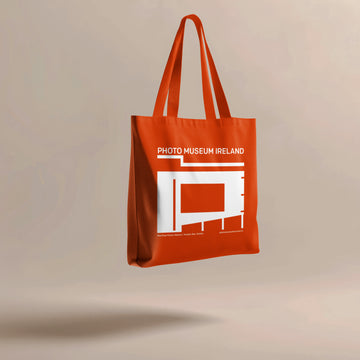
Robert Rauschenberg Photographs 1949 - 1962
Description
More
Less
A superbly produced collection of photographs by one of America’s most important 20th-century artists
This volume gathers and surveys Rauschenberg’s numerous uses of photography for the first time. It includes portraits of friends such as Cy Twombly, Jasper Johns, Willem de Kooning, Merce Cunningham and John Cage, studio shots, photographs used in the Combines series, silkscreens, photographs of lost works and works in progress – allowing us to reimagine almost the entirety of the artist’s work in light of his uses of photography, while also supplying previously unseen glimpses into his social nexus of the 1950s and 60s.
Robert Rauschenberg’s engagement with photography began in the late 1940s during his time at Black Mountain College in North Carolina; for a while he was even unsure whether to pursue painting or photography as a career. Instead he chose both. He found ways to fold photography into his Combines, and maintained a practice of photographing friends and family, documenting the evolution of works and occasionally dramatizing them by inserting himself into the picture frame.
As the distinguished curator Walter Hopps wrote, ‘The use of photography has long been an essential device for Rauschenberg’s melding of imagery… [and] a vital means for Rauschenberg’s aesthetic investigations of how humans perceive, select and combine visual information. Without photography, much of Rauschenberg’s œuvre would scarcely exist.’ The artist himself affirmed, ‘I’ve never stopped being a photographer.’
About the Author
DavidWhite was the curator for Robert Rauschenberg from 1980 until the artist’s death in 2008, and continues in that capacity with his Estate.
Nicholas Cullinan is Curator of International Modern Art at Tate Modern.
Description
A superbly produced collection of photographs by one of America’s most important 20th-century artists
This volume gathers and surveys Rauschenberg’s numerous uses of photography for the first time. It includes portraits of friends such as Cy Twombly, Jasper Johns, Willem de Kooning, Merce Cunningham and John Cage, studio shots, photographs used in the Combines series, silkscreens, photographs of lost works and works in progress – allowing us to reimagine almost the entirety of the artist’s work in light of his uses of photography, while also supplying previously unseen glimpses into his social nexus of the 1950s and 60s.
Robert Rauschenberg’s engagement with photography began in the late 1940s during his time at Black Mountain College in North Carolina; for a while he was even unsure whether to pursue painting or photography as a career. Instead he chose both. He found ways to fold photography into his Combines, and maintained a practice of photographing friends and family, documenting the evolution of works and occasionally dramatizing them by inserting himself into the picture frame.
As the distinguished curator Walter Hopps wrote, ‘The use of photography has long been an essential device for Rauschenberg’s melding of imagery… [and] a vital means for Rauschenberg’s aesthetic investigations of how humans perceive, select and combine visual information. Without photography, much of Rauschenberg’s œuvre would scarcely exist.’ The artist himself affirmed, ‘I’ve never stopped being a photographer.’
About the Author
DavidWhite was the curator for Robert Rauschenberg from 1980 until the artist’s death in 2008, and continues in that capacity with his Estate.
Nicholas Cullinan is Curator of International Modern Art at Tate Modern.
You May Also Like


